Hangukgwan (한국관)
9.8Km 2021-03-18
40, Seonggyungwan-ro, Jongno-gu, Seoul
+82-2-764-6953
A great restaurant for group dinners. The best menu at this restaurant is Grilled Beef Ribs. This is a Korean cuisine located in Jongno-gu, Seoul.
Italy Moon - Daehakro Branch (이태리문 대학로)
9.8Km 2021-03-19
21, Daehak-ro, 12-gil, Jongno-gu, Seoul
+82-2-741-5353
This is a Western cuisine located in Daehak-ro, Seoul. The best menu at this restaurant is pizza. A restaurant offering discounts to student ID card holders.
Jaws Basket (조스바스켓)
9.8Km 2021-03-24
86, Dongsung-gil, Jongno-gu, Seoul
+82-2-744-0701
You can enjoy brunch in the spacious space and on the outdoor terrace. This restaurant's signature menu is spaghetti. This cafe is located in Jongno-gu, Seoul.
Pizzeria O Main Branch (핏제리아오 대학로 본점)
9.8Km 2023-12-22
86 Dongsung-gil, Jongno-gu, Seoul
A restaurant in Daehak-ro that recreates the original taste of pizza from Naples, Italy, the home of pizza. All classic pizzas, starting with the Margherita Bufala Pizza, are baked in a wood-fired oven. Pasta and salads are also made personally by the chef, so customer satisfaction is guaranteed. The chef of this branch had won first place at the 2019 World Pizza Championship in Rome. He gained public attention by appearing in various variety shows, such as “Kang's Kitchen Season 3 (2019)” and “Running Man (2010-),” which made him more recognized by the public. Pizzeria O’s pizza dough is characterized by chewy yet light texture.
Suje Beotgalbi (수제벗갈비)
9.8Km 2021-03-18
79, Daehak-ro, 8ga-gil, Jongno-gu, Seoul,
+82-2-743-9599
A Korean BBQ restaurant. The best menu at this restaurant is grilled spareribs. This is a Korean cuisine located in Daehak-ro, Seoul.
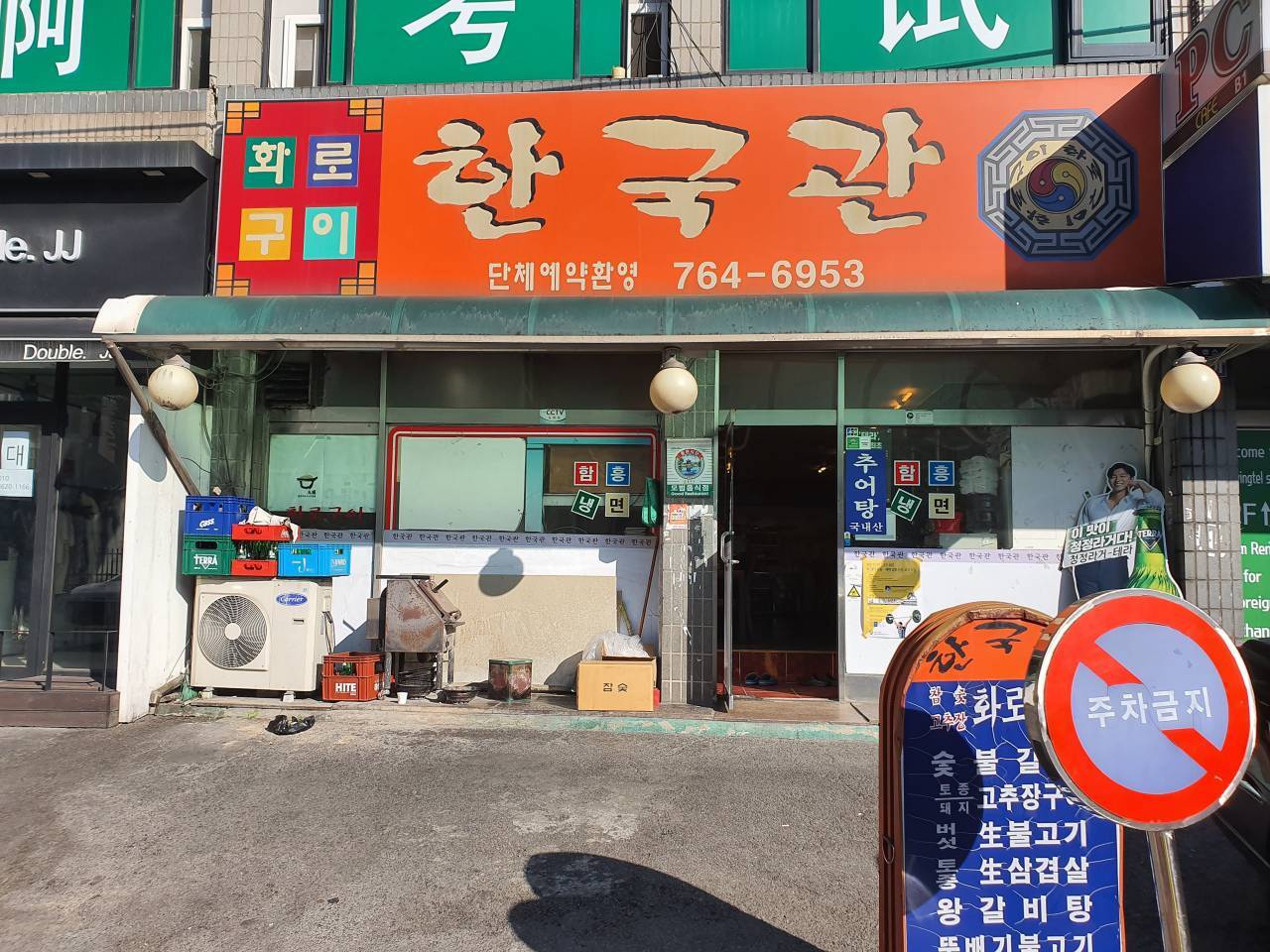
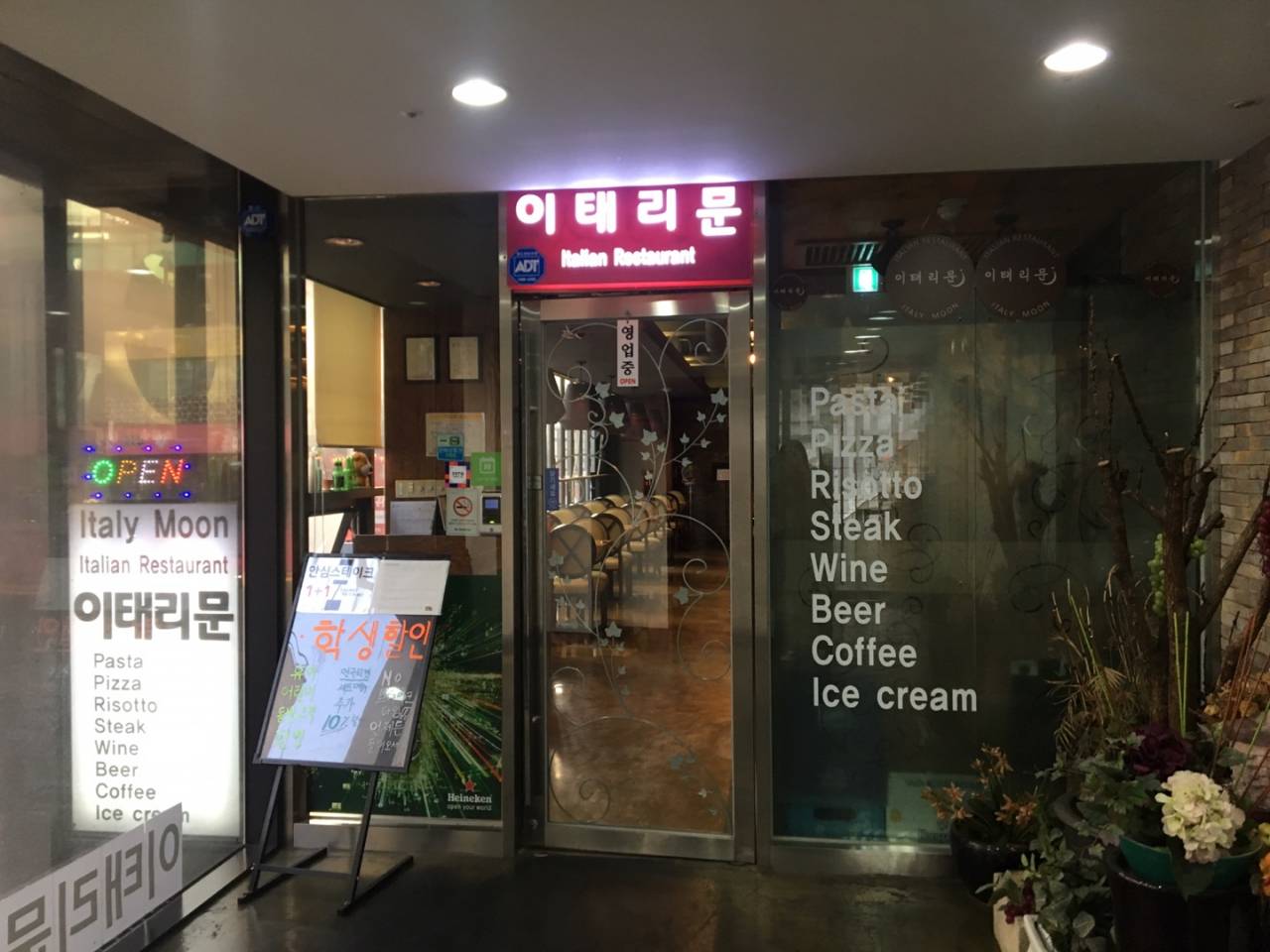

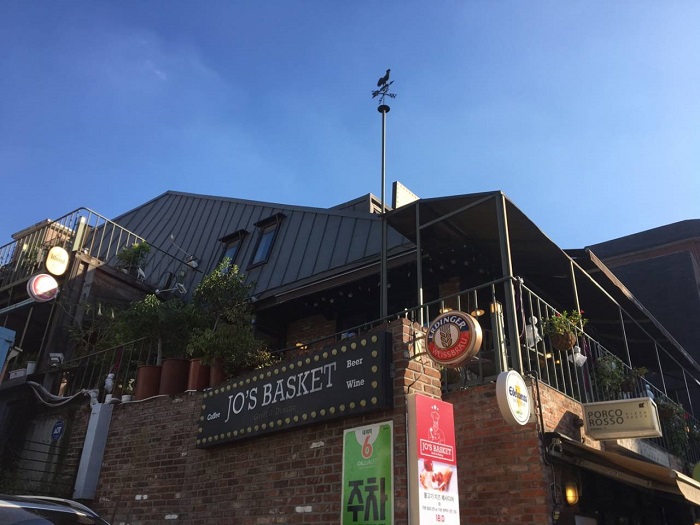
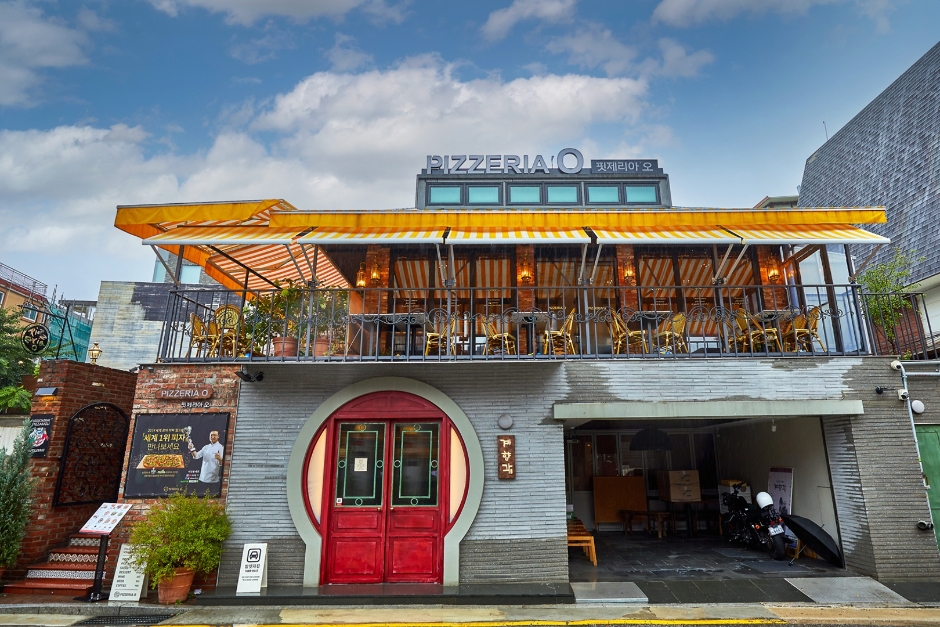
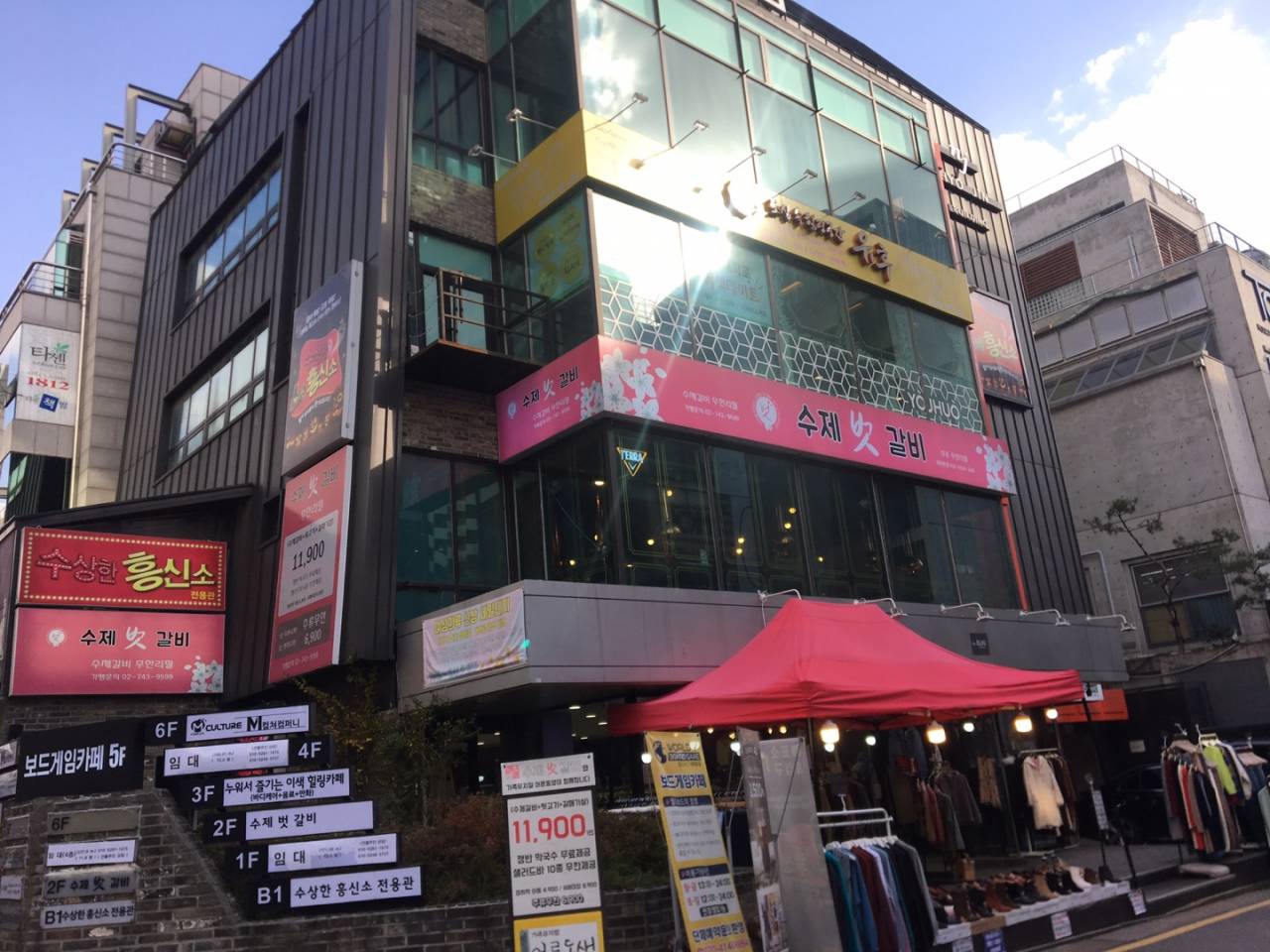
 English
English
 한국어
한국어 日本語
日本語 中文(简体)
中文(简体) Deutsch
Deutsch Français
Français Español
Español Русский
Русский